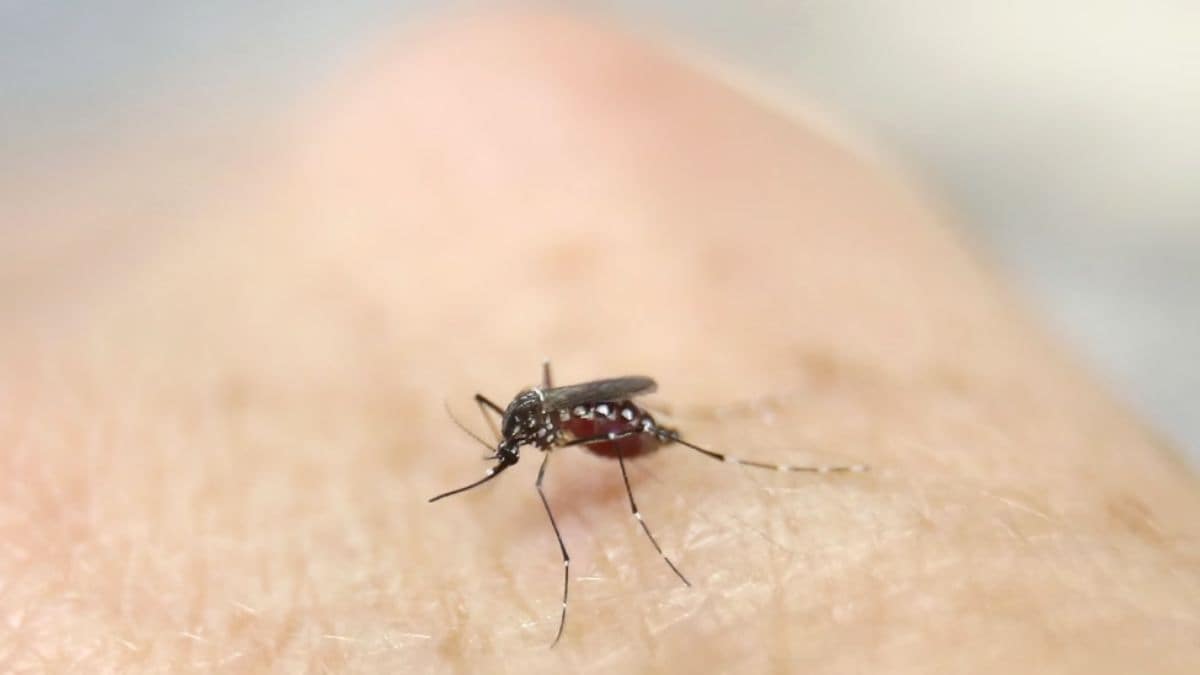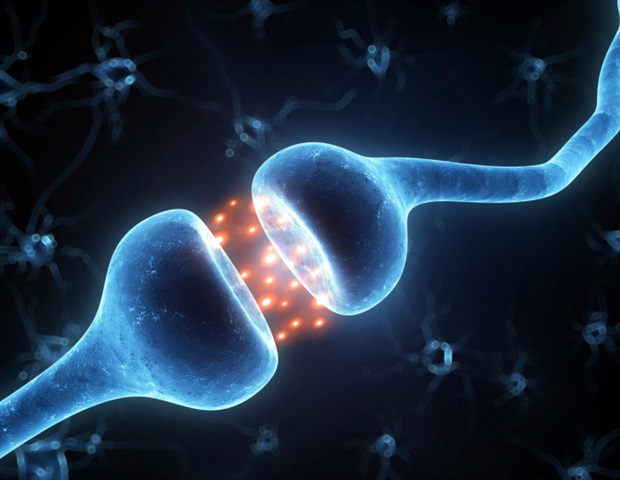Chikungunya is a virus contracted through mosquito bites. However, a new symptom known as “black nose disease” or “chik sign” is causing alarm among experts. According to media reports, an infant in Chennai was diagnosed with the rare condition recently.
But what exactly is a black nose disease? Let’s take a look. The rare case The month-old baby girl in Chennai was brought to a dermatologist after she developed black patches on her nose after 15 days of being born. The baby, otherwise healthy, exhibited a fever and irritability, followed by the appearance of dark spots on her nose.
Doctors have identified this condition as post-chikungunya hyperpigmentation, known as black nose disease. According to CNBC-TV18 , the toddler’s mother was diagnosed with chikungunya shortly before giving birth. She had symptoms like fever and joint pain for about five to six days, after which the infection was confirmed by a blood test.
Doctors have confirmed that the baby’s condition was harmless and required only basic treatment with a moisturiser. Black Nose Disease The Black Nose Disease, also known as “chik sign” or “brownie nose,” is often characterised by macular (flat), speckled pigmentation primarily affecting the nose, according to Hyderabad-based physician Dr Sai Kiran Chilukuri, as per The South First . It may also reach the nose’s sides and bridge.
According to experts, the dark pigmentation associated with black nose disease frequently appears a few weeks fo.


















